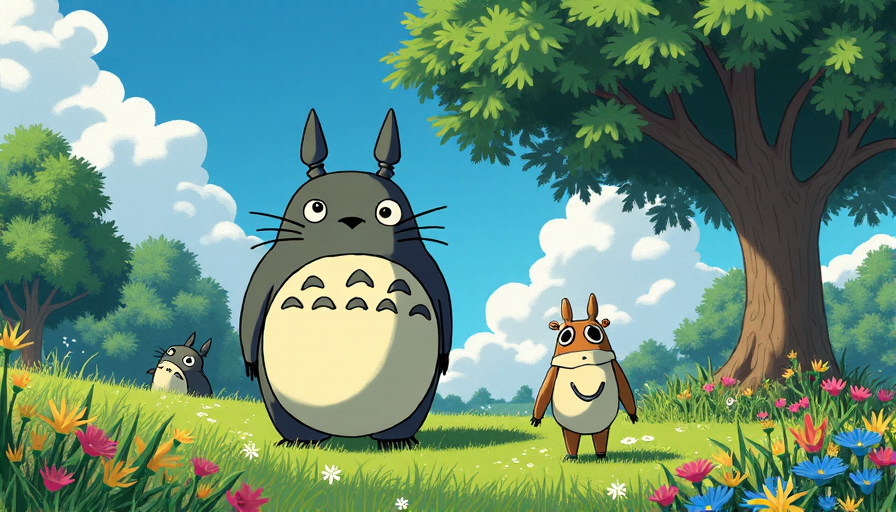
When AI Embraces Ghibli: Passion, Innovation, and Copyright Dilemmas
A New Artistic Revolution
In a surprising twist that bridges classic animation and cutting-edge technology, AI-generated images styled after Studio Ghibli have enchanted fans worldwide. Utilizing ChatGPT's new image transformation tool, users have been able to convert everyday photos, including personal snapshots and popular internet memes, into artwork reminiscent of Hayao Miyazaki’s iconic style. This trend, dubbed “Ghiblification,” has sparked excitement while simultaneously reviving longstanding debates about the ethics of AI in the creative industry.
The Delight of Transformation
Entrepreneurs like Janu Lingeswaran from Germany quickly embraced the tool. After uploading a picture of his pet cat, Mali, the AI rendered an image that captured the magical essence of Miyazaki’s films such as My Neighbor Totoro and Kiki’s Delivery Service. Enthralled by the result, Lingeswaran expressed his intent to display the artwork proudly at home. This phenomenon isn’t limited to pet photos—other images, ranging from viral memes like the "Disaster Girl" to snapshots from sports events, have been transformed into unique, animated renditions that pay homage to Studio Ghibli.
Unpacking Ethical and Legal Questions
Behind the excitement lies a more serious conversation. Legal experts and artists are questioning the propriety of using AI to mimic the signature look of renowned artists and studios without explicit permission. Josh Weigensberg, a partner at the law firm Pryor Cashman, has voiced concerns over whether the AI was trained using copyrighted works from Miyazaki or Studio Ghibli. Even though OpenAI claims a “conservative approach”—including built-in refusal triggers to deter the imitation of living artists—the debate centers on whether training data used without proper licensing improperly exploits original creative works.
Miyazaki’s Cautionary Stance
The controversy deepens with Miyazaki’s well-documented reservations about AI in art. The legendary animator, known for his hand-drawn masterpieces and emotive storytelling, has previously expressed his disgust regarding artificial animation techniques. Reflecting on a personal anecdote involving a disabled friend, Miyazaki critiqued AI-generated movements as lacking empathy and understanding of human pain. His firm stance, “I would never wish to incorporate this technology into my work,” underscores the emotional and artistic value that many fear could be undermined by AI advances.
Voices from the Artistic Community
Well-known artist Karla Ortiz, who has grown up admiring Miyazaki’s work, condemns the trend as exploitative. Ortiz argues that the use of the Ghibli style by AI platforms like OpenAI not only appropriates the unique aesthetics and reputation of Studio Ghibli but also disrupts the livelihoods of human artists. Her criticism extends to the use of such artwork by various public figures, suggesting that the commercialization of AI-modified art without proper consent represents a broader cultural disrespect.
Looking Ahead: Tradition vs. Technology
As ChatGPT’s Ghiblification tool continues to inspire a mix of admiration and outrage, it spotlights a critical intersection of tradition and technology. The ongoing debate over intellectual property rights, ethical use of AI, and the preservation of human artistry is likely to shape future policies and creative practices. While the AI revolution opens exciting avenues for creative expression, it also calls for careful consideration and respect for established artistic legacies.
Note: This publication was rewritten using AI. The content was based on the original source linked above.